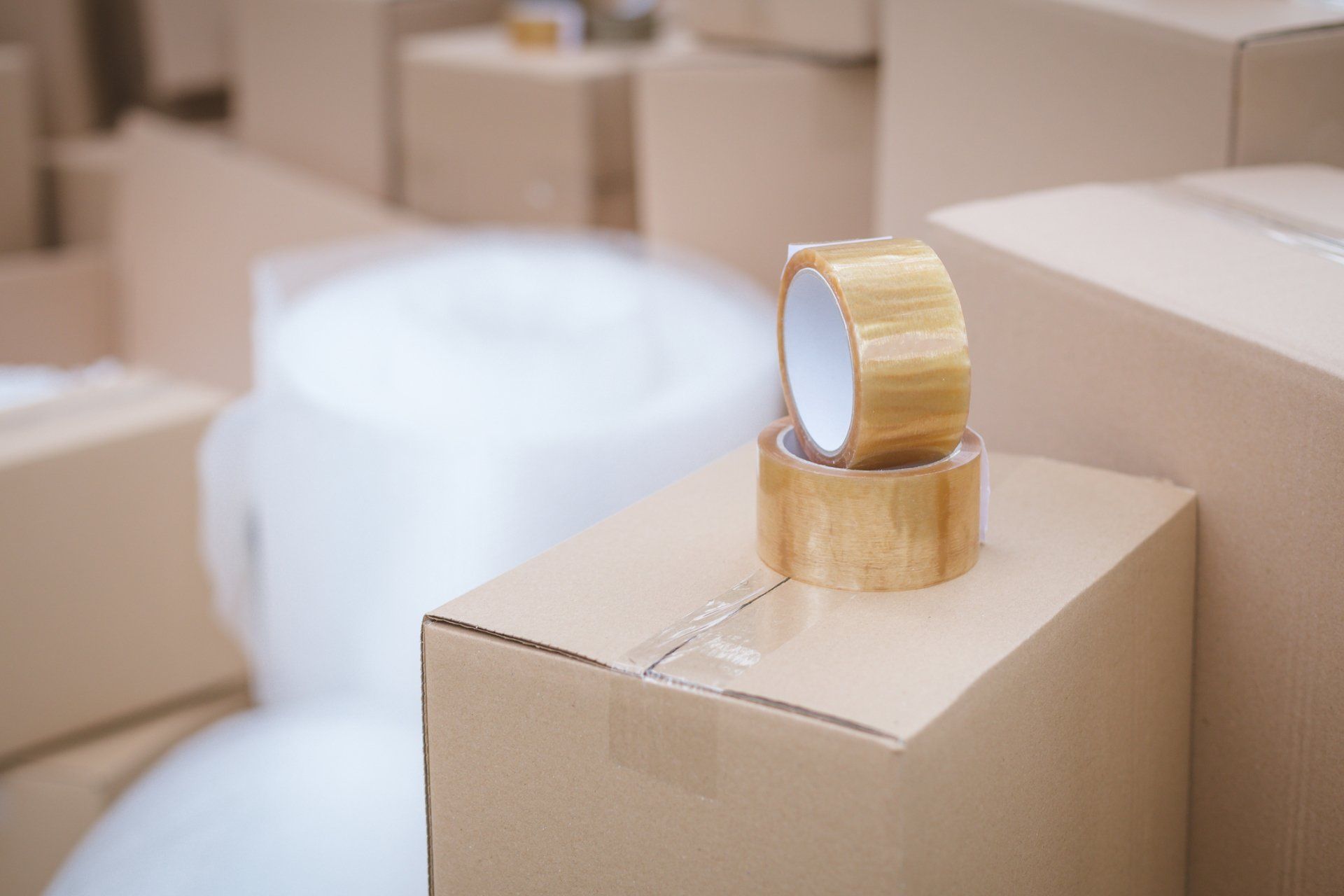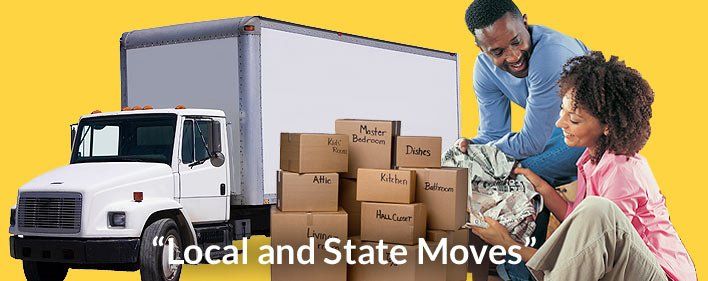What Do You Need to Know About Moving Safety?

Moving might not seem like a high-risk activity. But without an adequate understanding of the related safety hazards, you put yourself (and possibly others) in danger. Before starting the packing process, take a look at the top moving safety tips.
Label Everything
Failure to label boxes leaves means that you could easily confuse a box of kitchen tools with a box of bed linens. Unlabeled and potentially dangerous gardening tools, kitchen knives, and other sharp objects can poke through cardboard boxes, creating a serious injury danger. This leaves you (or whoever moves the boxes) open for an unintentional injury.
When labeling boxes, do the following:
- Get specific. While words such as kitchen or bedroom can make organizing easier, these labels will not identify potentially dangerous objects. Include what is in the box in your label.
- Write a risk word. If the name does not adequately identify the risk, add a descriptive word such as sharp or dangerous.
- Label all sides. Writing sharp on one side of a cardboard box will not help a mover who picks it up from the opposite end. Label all four sides.
- Label the top. Labeling the top can help to prevent accidents if all the boxes are packed tightly side-to-side.
Pack Lightly
Sharp objects are not the only potential moving safety hazard. Adding too much weight to boxes and bins can also put you or the movers at risk.
Using fewer boxes does not equal an easier move. Overpacking can lead to back strain, muscle fatigue, and other similar injuries. When packing boxes, consider:
- The box's capacity. Many types of boxes or bins come with gross weight limit. Exceeding this reduces the effectiveness of the box.
- The total weight. If the box does not have a maximum capacity listed on it, reduce the total weight. Try to stay under 50 poundsper box.
- Your ability to pick up the box. You may need to lift the boxes yourself - even if you hire movers. After the movers leave, you may need to rearrange boxes or carry them into different rooms.
Lift Correctly
Again, you may need to do some of the lifting. While the moving contractor will do most of the heavy lifting, you might have to pick up boxes during the packing and unpacking phases.
When lifting boxes, do the following:
- Start low. Instead of bending over to pick up a box from the floor, kneel or squat down before lifting.
- Hold the box near you. Leaving too much space between you and the box forces your body to bend forward. Hold the box close to you, keeping your spine at a natural angle.
- Use your legs. Lift upwards with your leg muscles, not your back.
- Keep a tight core. Hold your core (abdominal muscles) taut as you lift. This adds extra strength and can take pressure away from your back.
- Step instead of twist. Avoid twisting your back as you stand up or carry the box. If needed, step to the side, back, or front to stabilize yourself.
Do you need help with your next major move? Contact Azalea City Moving Co.for more information.

